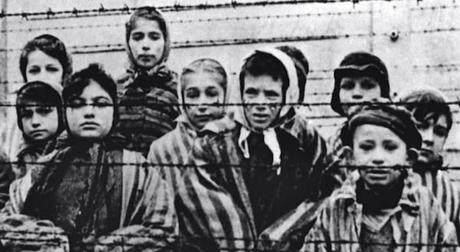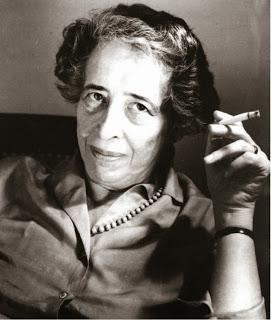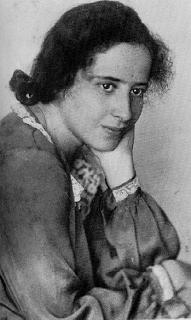
The horror! The horror!, screamed Kurtz just before dying, as he fell to the depths of moral decay in Conrad’s Heart of Darkness.
The colonialism present in the Congo Free State (now the Democratic Republic of the Congo), privately founded and administered by King Leopold II of Belgium between 1885 and 1908, was not dissimilar to the totalitarianism of Hitler. Around 10 million africans are thought to have been exterminated during this period.
The Congolese population was subjected to complete exploitation under a regime of slavery, while Leopold II benefited from the mining of natural resources such as rubber, ivory and resin in what was certainly one of history’s most horrific tragedies.

Hitler was responsible for the death of 22 million people, including 6 million jews. Men, women and children were forcibly removed from their families and deported to concentration camps, where those unfit to work were gassed and the rest enslaved, causing permanent physical and psychological damage. All survivors of the Holocaust would be scarred for life by “The horror!”.

This “horror!” forms the backbone of the film, whose main character, Hannah Arendt, accurately rendered by Barbara Sukova, is masterfully brought to the screen by German director Margarethe Von Trotta. The film is based on Arendt’s 1963 book "Eichmann in Jerusalem: A Report on the Banality of Evil", which I read many years ago. Adapting the work of such a notable and well-regarded thinker to the big screen in a credible manner is no mean feat. The film includes original footage of Eichmann’s trial which, together with the film’s work on set design, gives the film intensity and authenticity, and believably transports the viewer to the time and place of the film’s events.

A few years after the end of the Second World War, in 1961, The New Yorker decided to cover the trial in Jerusalem of Adolf Eichmann, the lieutenant colonel in charge of organizing the logistics of transportation of millions of Jews to the concentration of camps. He was arrested in Argentina by the Mossad (Israel’s national intelligence agency) and brought to Israel for trial. Arendt picked up on the story and offered to report on the trial, which the magazine readily accepted. Her book "Eichmann in Jerusalem: A Report on the Banality of Evil" is thus the collection of articles written by Arendt for The New Yorker.
The film follows the events in Hannah Arendt’s life during this time. She was a strong, independently-minded woman who was taught critical thinking and analysis by none other than Martin Heidegger, with whom she was romantically linked until he began to support the Nazis.
What is most interesting here is that her reporting of the trial caused her great animosity with the entire Jewish community, a large part of the general public, and even her own friends, as a result of her absolute freedom of thought, firmly unswayed by public opinion. It was widely thought that, as a Jew herself, her judgment of the trial would be unfairly biased and that she wouldn’t have any reservation whatsoever on the process of the trial, a position which in fact turned out to be untrue. Arendt denounced the partiality of the trial, she spoke publicly of the importance of the role played by some Jewish leaders who provided lists of their followers and facilitated mass deportations, and most crucially, she coined the phrase “the banality of evil” to describe a type of thoughtless evil that is simply the result of absolute obedience to the orders of a higher power.
Leopold II, Adolf Eichmann; one a leader, the other merely a servant. What moral judgment do each of these men deserve? The verdict would be guilty in both cases, but how do we distinguish between them?


“If, in a historical and political context as well as in every-day life, something can only be considered real when it shows all its faces to the world, then by consequence we will always need a plurality of people, and a plurality of points of view, so that reality may be possible and permanent. In other words, the world only comes into being when there are multiple perspectives (...). If, by contrast, the world were to be inhabited by just one group of people, where everything is seen and understood from the same perspective and where all beings are in complete consensus, then the world, in a historical and political sense, would effectively end, and its survivors, living on Earth but without a world, would have nothing at all in common with us.” Hannah Arendt

